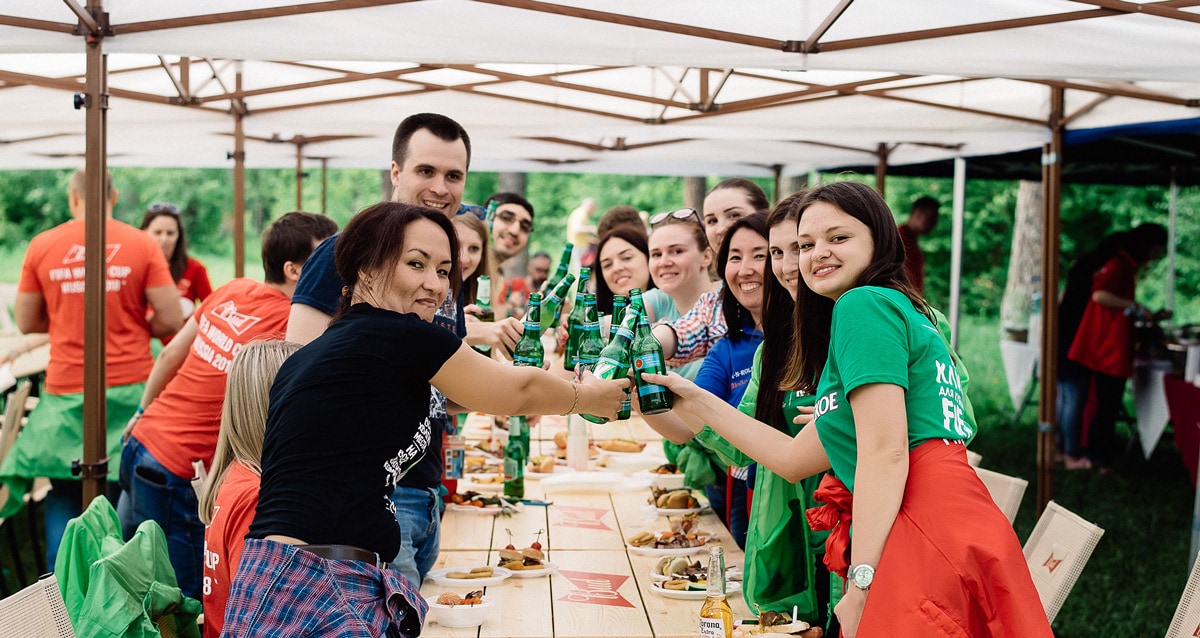Contributing to the UN Sustainable Development Goals
Brewing great beers depends on a healthy natural environment and thriving communities. We depend on water and other natural ingredients to brew our beers and we are committed to sustainability initiatives that support our commitment to build a company to last for the next 100 years and beyond.


We support the World Health Organization (WHO) target of reducing the harmful use of alcohol by at least 10% in every country by 2025, and United Nations Sustainable Development Goal (UN SDG) target 3.5 to strengthen the prevention of harmful use of alcohol globally. Our Global Smart Drinking Goals are intended to drive real progress to help meet these ambitions.
City Pilots
Reduce the harmful use of alcohol by at least 10% in six cities by the end of 2020 and implement the best practices globally by the end of 2025.
Social Norms
Influence social norms and individual behaviors to reduce harmful use of alcohol by investing at least 1.0 Billion USD across our markets in dedicated social marketing campaigns and related programs by the end of 2025.
No- and low- alcohol beer
Ensure No- or Low- Alcohol beer products represent at least 20% of our global beer volume by the end of 2025.
Label and alcohol health literacy
Place a guidance label on all of our beer products in all of our markets by the end of 2020*. Increase alcohol health literacy by the end of 2025.
* The guidance label will be implemented only in markets without substantive government-mandated labeling legislation, and where it is permissible by local regulation.










































